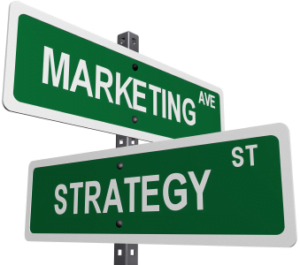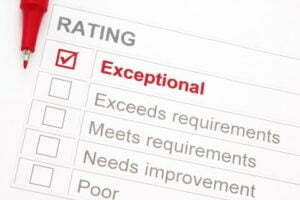 Content marketing can be a frustrating task. Without a proper guide, it can turn into hours of meaningless labour. On the other hand, content marketing, if done correctly, pays off . There are few things you should consider when starting out with content marketing. First, one ought to develop an implementation plan – what are you releasing, when, where and for whom. Don’t just plan the week ahead but have a plan for at least the next 2 -3 months. Second, polish the details of the contents as multiple trivial flaws may diminish the accessibility of the contents. Lastly, set metrics to evaluate the overall performance. The metrics are tools for learning. It provides opportunities for webmasters to examine their own bottleneck and provides a steeper learning curve.
Content marketing can be a frustrating task. Without a proper guide, it can turn into hours of meaningless labour. On the other hand, content marketing, if done correctly, pays off . There are few things you should consider when starting out with content marketing. First, one ought to develop an implementation plan – what are you releasing, when, where and for whom. Don’t just plan the week ahead but have a plan for at least the next 2 -3 months. Second, polish the details of the contents as multiple trivial flaws may diminish the accessibility of the contents. Lastly, set metrics to evaluate the overall performance. The metrics are tools for learning. It provides opportunities for webmasters to examine their own bottleneck and provides a steeper learning curve.
Most webmasters fail to market their sites well, not because the qualities of their products or services are sub-par, but because their products or services are inaccessible to potential customers. Think of search engines and the websites as different constituents. A facilitator is crucial to bridge the two together, and that facilitator in this case is your choice of keywords. The denizens of Google are transported to websites via keywords. For this reason, developing a list of keywords for website contents is important. Each keywords or key terms may reflect the geographic and psychographics of the individuals. For example, keywords that include discounts and cheap indicate that these users are more price-conscious. Keywords containing city names indicates these individuals are local to that city. Depending on the branding of the website, the keywords must be chosen carefully.
After the keywords are selected, the next step is to determine how the keywords are going to be inserted into the content. Web content comes in various forms, whether it is an article, micro-blog, image, or video. Once the form of the content and the associated keywords are finalized, webmasters should focus on execution until the completion of the content. Having the content completed prior to implementation will focus the team and keep them from digressing away from the developed strategy.
Having keywords in the content alone has very limited effect. Tweaking some tags and titles of the content is like adding turbo chargers on your car. It allows search engine to decipher the contents more easily, which allows it to make the contents more accessible to the public. The first step is to optimize the title tag. The title tag serves as a rough sum up of the overall content. The title tag belongs in the <head> section of the code. It is strongly recommended to put the targeted keyword in the title tag because it gives the search engines a rough idea of what the overall content entails. A title tag should look like this: <title> Brief title with targeted keyword </title>. Titles are visible to the users at the top of the browser tabs and the bottom of the task bar. Since the title is visible to users, it is important to have titles that are appropriate for the audience while still being search engine-friendly. Another set of important tags are called Meta tags, and they are hidden from users except meta description. Meta tags include Meta title, Meta description, and Meta keywords. Each of the tags should include the targeted keywords, which is easier than the title since most users are oblivious of the Meta information. However meta description shows on the search engine result pages. Therefore, meta description must contain the keywords while still remaining attractive to readers.

Evaluate the performance and seek areas of improvement
All is not done after the implementation phase. The final feedback is the critical part of the entire process. There are many methods of determine the overall effectiveness and one of the most popular tool for evaluation is Google Analytics. It is a free tool that is easy to navigate and it is supported by a myriad of information in various forums. It offers information such as difference sources of traffic, geographic information of visitors, engagement of the visitors, and other demographic information of the visitors. Once the information is collected from the analytics, webmasters should go back to the content. How can the contents be improved. For example, if the user engagement is low, perhaps more visual aids can be used. The cycle is then repeated: select keywords, create contents, implement contents, and evaluate the contents. Content marketing is a continual process, with each improvement leads to a step toward success. Got some questions about how to improve your content marketing or looking for help enhancing and executing a better content strategy, call Guaranteed SEO. We have helped thousands of sites achieve better results and would be happy to discuss how we can help yours.